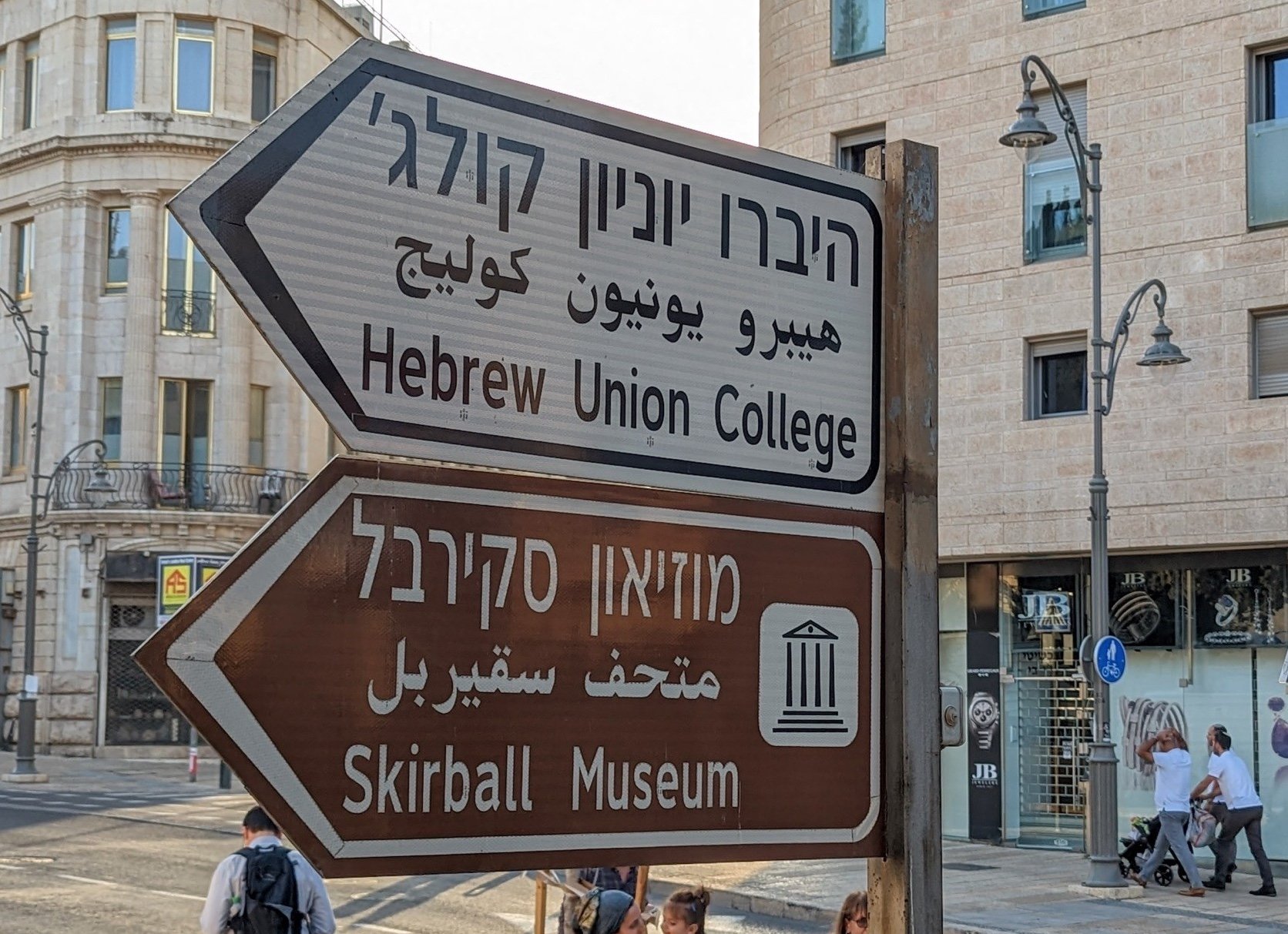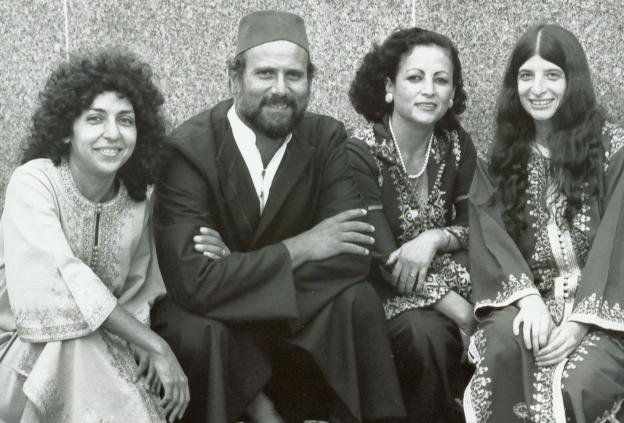
The Languages of Israel
A Documentary by Jack Connor
A film that will explore the linguistic communities, big and small, of modern-day Israel

A film that shows the history, origin, and vibrant contemporary speakers of Hebrew, Yiddish, Ladino, and Aramaic in Israel.
Who are we?
Jack Connor and Lingua Aeterna make documentaries about our world’s most interesting and endangered languages. We’ve made films about the Sámi in Norway, the Ngäbe in Panama, Minoan Greek, Louisiana Creole, and more.

THE FILM
Exploring four of the most important languages of Israel
Hebrew
The story of Hebrew is possibly the greatest linguistic feat in human history. One of our oldest languages, spoken over 3,000 years ago, was extinct for millennia before it’s revival. Using surviving linguistic texts, it became the national language of modern Israel, fluently spoken today by an estimated 10 million people.
Yiddish
Yiddish first developed in the 9th century Rhineland, as a creole of German, Hebrew, and Aramaic spoken by local Ashkenazi Jews. In the centuries since, it became the common language for the Eastern European Jewish Shtetls, and was the used for a vast numbers of plays, novels, and stories. Today, while facing endangerment as speakers dwindle, it is still used around the world and in Israel, primarily in Orthodox Jewish communities.
Yiddish
Yiddish first developed in the 9th century Rhineland, as a creole of German, Hebrew, and Aramaic spoken by local Ashkenazi Jews. In the centuries since, it became the common language for the Eastern European Jewish Shtetls, and was the used for a vast numbers of plays, novels, and stories. Today, while facing endangerment as speakers dwindle, it is still used around the world and in Israel, primarily in Orthodox Jewish communities.
Ladino
The Ladino language began when the Sephardic Jews were expelled from Spain in 1492 by Queen Isabella, and is a mixture of Spanish, Hebrew and later on Greek and Turkish. Currently, there are 20,000 - 30,000 speakers in Israel, although the language is considered endangered as these speakers get older and their numbers diminish.
Aramaic
Aramaic was the lingua franca of Babylon over 3,000 years ago, and is without a doubt one of the most important languages in history. It has been an important language for the Jewish people since the 4th century BC, and is one of the languages of the Talmud. Today in Israel, there are estimated to be less than 2,500 fluent speakers of Neo-Aramaic, and the language is classified as “Highly in Danger”.
Aramaic
Aramaic was the lingua franca of Babylon over 3,000 years ago, and is without a doubt one of the most important languages in history. It has been an important language for the Jewish people since the 4th century BC, and is one of the languages of the Talmud. Today in Israel, there are estimated to be less than 2,500 fluent speakers of Neo-Aramaic, and the language is classified as “Highly in Danger”.






